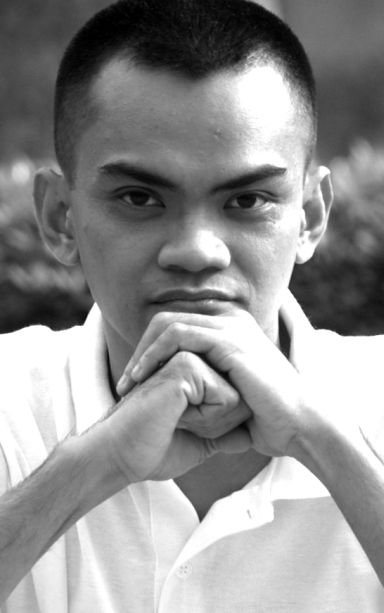
PAREDES
The difficulty of booking for appointments for passport renewal in Cebu recently forced us to look for other regional offices of the Department of Foreign Affairs that still offer vacant slots. We chose Butuan because it was only an overnight boat ride away from Cebu but also because it was only less than three hours van ride to my hometown, Surigao City.
For Surigaonons, Butuan is the next city. Both cities belong to the same region of Northern Mindanao, now referred to by its ancient name, Caraga. The region consists of the Agusan and Surigao provinces, with the recent addition of Dinagat. Butuan City is the capital of Agusan del Norte and Surigao City being the seat of government in Surigao del Norte. Surigaonon is the dialect spoken in Surigao and Cebuano or Bisaya is used widely in Butuan.
Through the years, both cities saw good and bad times in the path of urbanization, which locals see as a kind of competition. In the 70s and the 80s, the boom in mining and logging brought rapid prosperity for both Surigao and Butuan, respectively. Surigao prospered after a nickel refinery started operating in Nonoc Island. It was later known as “Nickel City”.
Likewise, the increasing demand for lumber in both foreign and domestic markets during those decades saw the proliferation of logging activities in timber-rich Agusan provinces as well as Surigao del Sur, where the now defunct paper mill saw operation in the town of Bislig. The ease by which freshly-cut timber from the highlands would be floated down through the massive Agusan River to the waiting cargo ships in Butuan, makes the city strategic for such industry. Thus, Butuan has been tagged as “Timber City”.
Skyrocketing fuel prices and the drop in the prices of nickel in the world market in the early 80s led to bankruptcy of the mining concession operating in Nonoc.
Thousands of workers lost their jobs and the whole island of Nonoc, which during happy times was virtually a city of its own, became a ghost town.
This led to a domino effect in the local economy, which depended largely on the nickel industry. Several shops closed in downtown Surigao. When a string of fire incidents hit the business district in the wake of the closure of the mining operation, locals suspected arson as perhaps business owners tried to recoup losses by claiming insurance.
The years that followed saw the city struggling to recover from poverty. The boom in tourism in Siargao and the resurgence of mining operations in other areas of the Surigao mainland led to growth in the local economy.
Butuan also had its share of rise and fall. When total logging ban was enforced nationwide in the 90s, this had tremendous effect on the economy of the region. Butuan had to refocus its economy, capitalizing on its being a strategic “gateway” to Mindanao, a claim that Surigao also makes, as both cities are close to the Visayas provinces.
Both Butuan and Surigao have their share of corrupt politicians and political dynasties who have been responsible for stagnation in the delivery of goods and services and the implementation of government projects. Both provinces of Agusan and Surigao saw massive environmental disaster brought about by years of logging and large scale mining. They suffer regularly from flooding due to forest denudation.
I was surprised by the many changes in Butuan during my trip there. It has only been about four years since I last visited there. The city now has sprawling shopping malls, posh hotels, and depot hardwares that make you think you are still in Cebu. New bridges are being built and roads widened all the way to Surigao City. This confirms what my high school classmate, who is now a civil engineer working for the Department of Public Works and Highways, said that they are busy with so many projects under the “Build, Build, Build” program.
On our way to Surigao, we were always slowed down by ongoing road construction and check points that in most cases were lightly guarded, if not totally empty of military presence. I almost forgot that this part of the country is still under Martial Law.